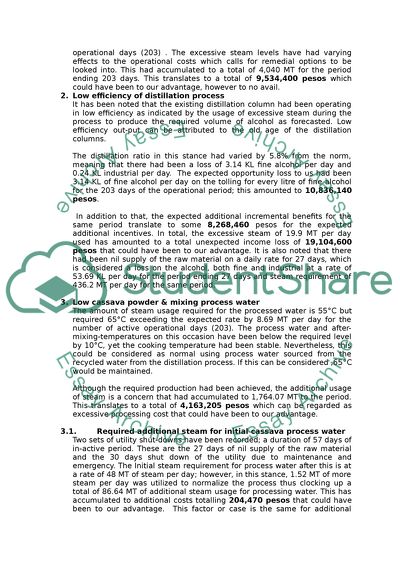Cite this document
(Energy Use in BBE Ethanol Production Processes Assignment, n.d.)
Energy Use in BBE Ethanol Production Processes Assignment. Retrieved from https://studentshare.org/chemistry/1744544-review-on-performance-report
Energy Use in BBE Ethanol Production Processes Assignment. Retrieved from https://studentshare.org/chemistry/1744544-review-on-performance-report
(Energy Use in BBE Ethanol Production Processes Assignment)
Energy Use in BBE Ethanol Production Processes Assignment. https://studentshare.org/chemistry/1744544-review-on-performance-report.
Energy Use in BBE Ethanol Production Processes Assignment. https://studentshare.org/chemistry/1744544-review-on-performance-report.
“Energy Use in BBE Ethanol Production Processes Assignment”, n.d. https://studentshare.org/chemistry/1744544-review-on-performance-report.


